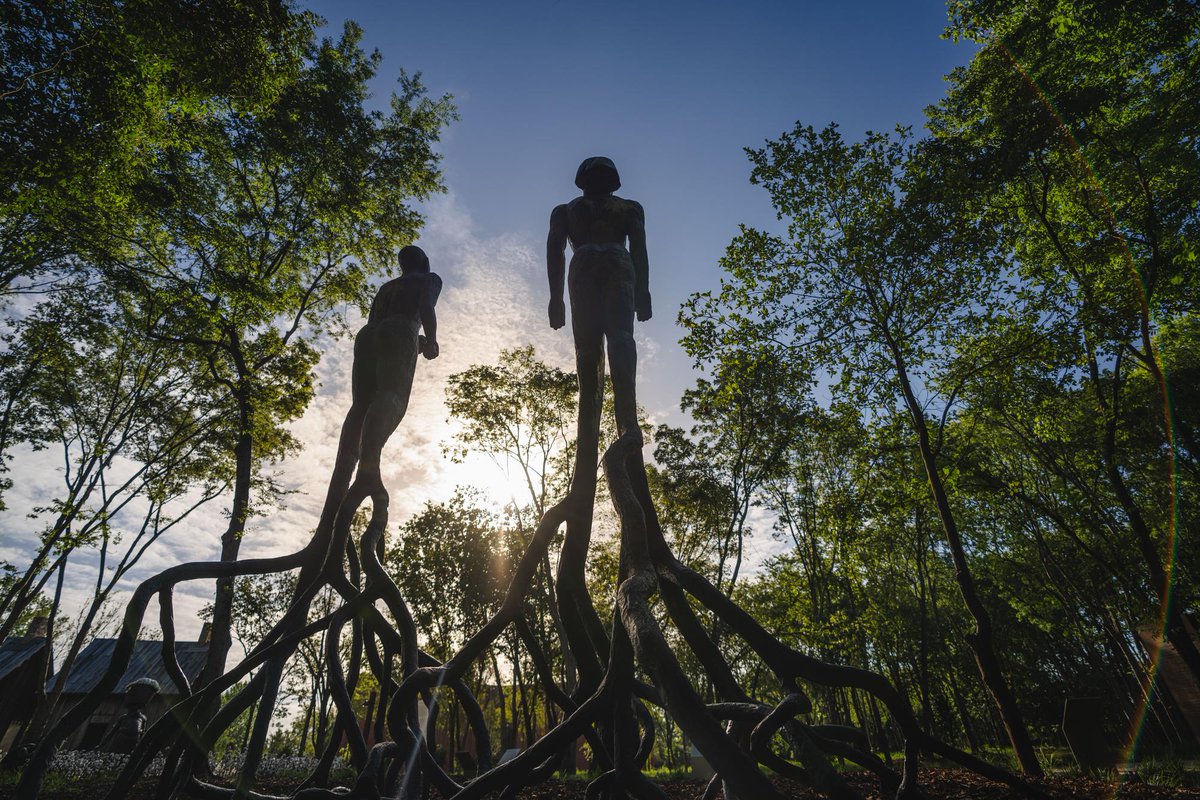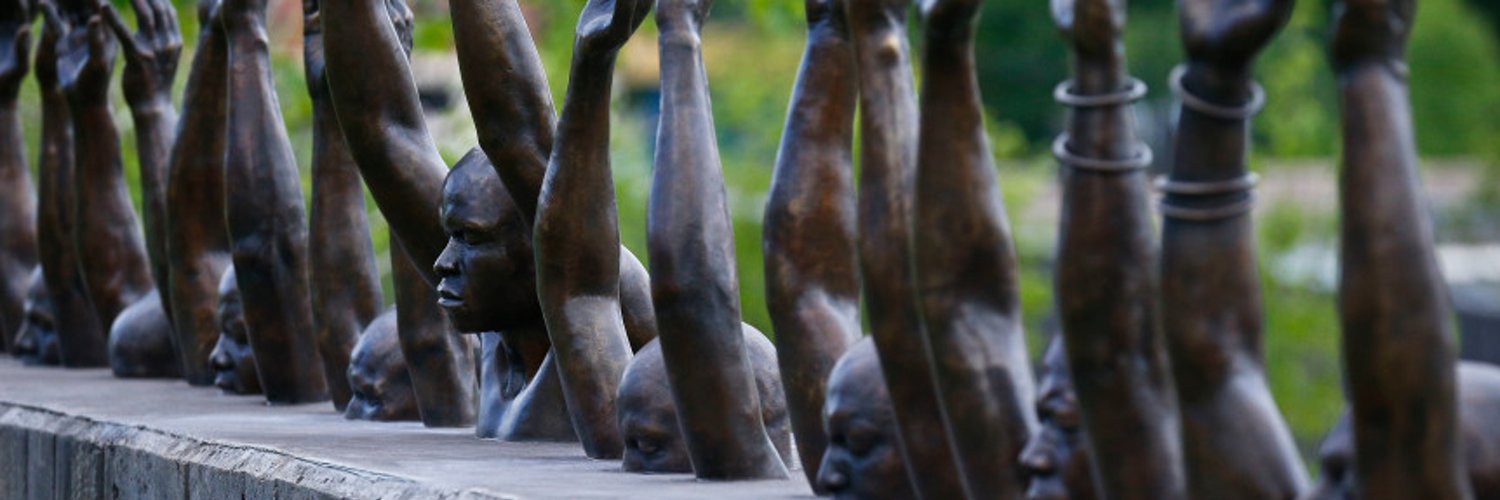
The Legacy Sites
@LegacySites
A museum, memorial, and monument in Montgomery, Alabama, dedicated to documenting our country’s history of racial injustice. Created by @eji_org
Freedom Monument Sculpture Park is now open in Montgomery, Alabama. Plan your visit at legacysites.eji.org
"Waiting for Auction" by Vinnie Bagwell (@vinniebagwell) at Freedom Monument Sculpture Park in Montgomery, Alabama. Plan your visit to the Legacy Sites here: legacysites.eji.org
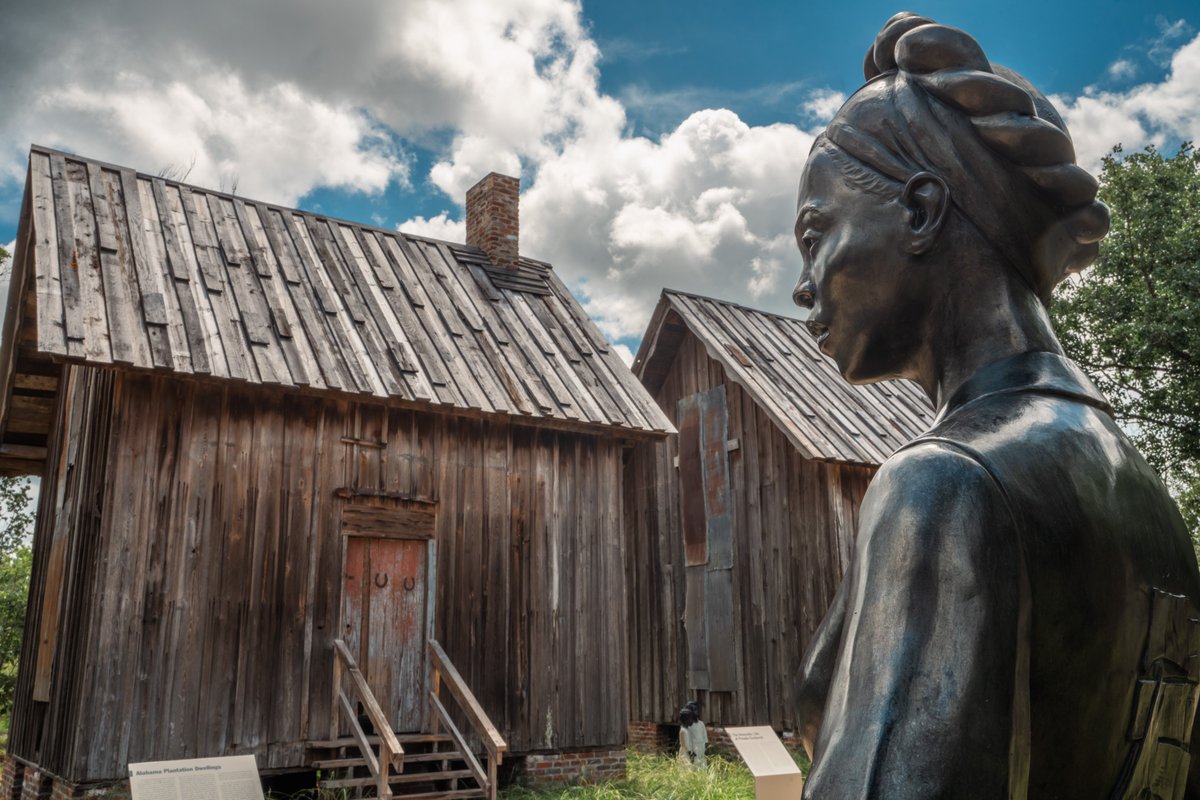
EJI is pleased to announce the opening of Little Donkey, a new lunch and dinner eatery in downtown Montgomery. This Mexican restaurant combines regional flavors to provide a wide-ranging soul-food-inspired menu for Legacy Sites visitors and the public. legacysites.eji.org/news/eji-annou…

The Legacy Sites are currently featured in Atlanta Magazine. "The powerful Legacy Sites help us remember who we were—and who we can become." atlantamagazine.com/travel/must-do…
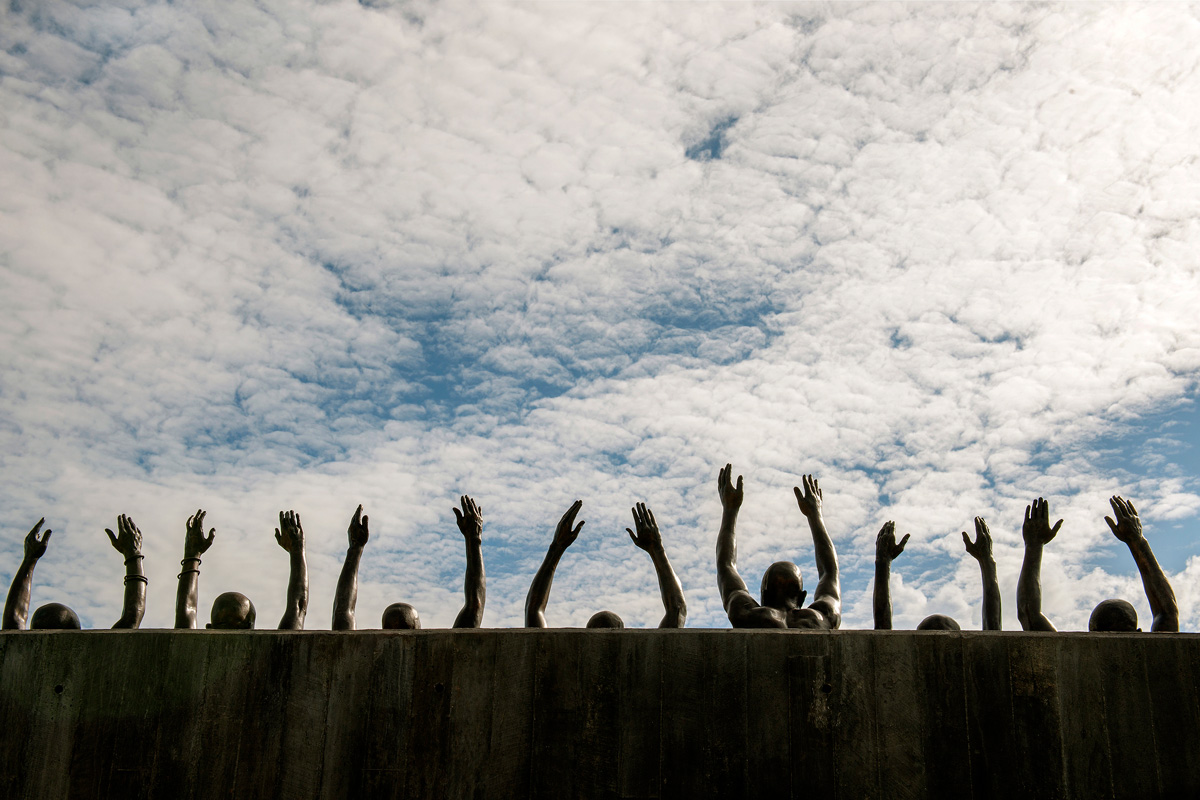
Southern Living featured EJI’s Legacy Sites in Montgomery, AL, as one of the top places to visit this year. The Freedom Monument Sculpture Park, Legacy Museum, and National Memorial for Peace and Justice have attracted millions of visitors since opening. legacysites.eji.org/news/legacy-si…
The Legacy Sites are still open following a rare winter storm in Alabama.
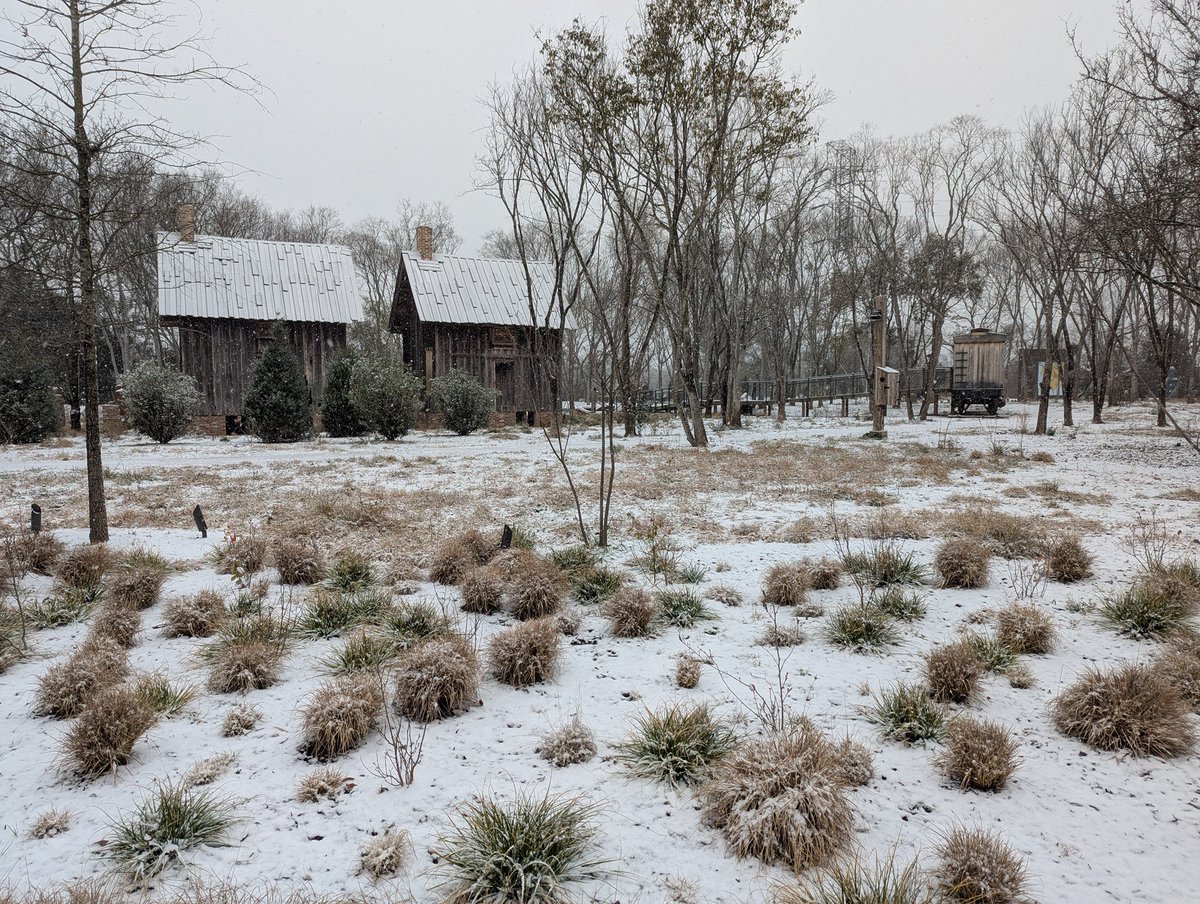
In honor of Martin Luther King Jr. Day, EJI is offering free admission to the Legacy Sites on Monday, January 20, 2025. Each visitor will receive a free copy of EJI’s award-winning wall calendar, A History of Racial Injustice. legacysites.eji.org/news/free-admi…
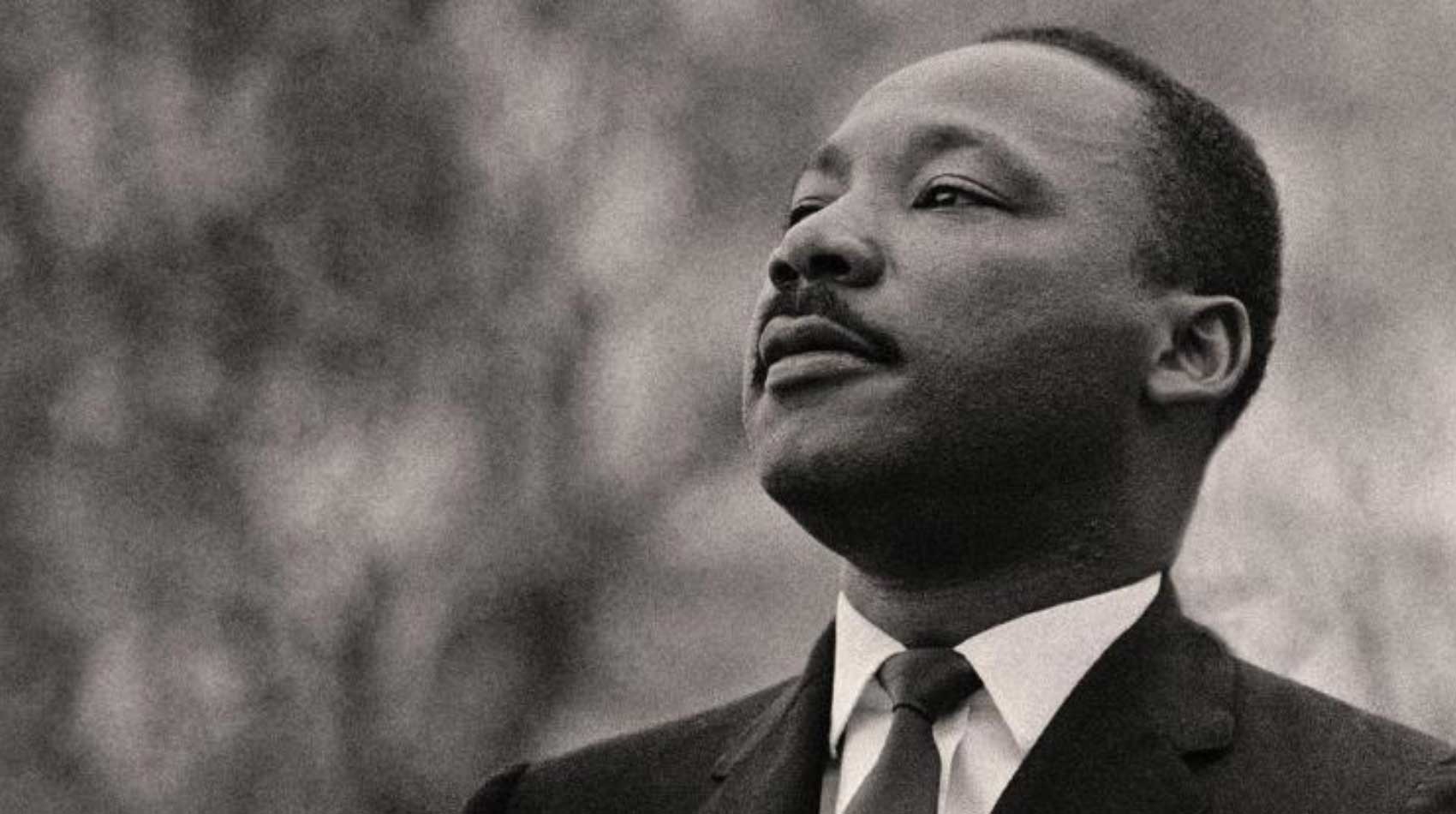
A new commission from the legendary artist Betye Saar, entitled Seeking Secrets of Destiny, was installed yesterday at the Legacy Museum in downtown Montgomery, Alabama. eji.org/news/eji-legac…

Most enslaved people rebelled against enslavement. Many fled from forced labor camps and helped others escape. The most radical form of resistance was survival and refusing to give away the capacity to love. [Photo from the Library of Congress]
![LegacySites's tweet image. Most enslaved people rebelled against enslavement. Many fled from forced labor camps and helped others escape. The most radical form of resistance was survival and refusing to give away the capacity to love. [Photo from the Library of Congress]](https://pbs.twimg.com/media/GZYm_raXoAE7q3_.jpg)
In Two Canoe, by Wangechi Mutu, at Freedom Monument Sculpture Park in Montgomery, Alabama. [Photo by Human Pictures]
![LegacySites's tweet image. In Two Canoe, by Wangechi Mutu, at Freedom Monument Sculpture Park in Montgomery, Alabama. [Photo by Human Pictures]](https://pbs.twimg.com/media/GZET_JaWoAApCXP.jpg)
The monument at the EJI’s Peace and Justice Memorial Center commemorates 24 people who were killed in racially motivated attacks during the 1950s.
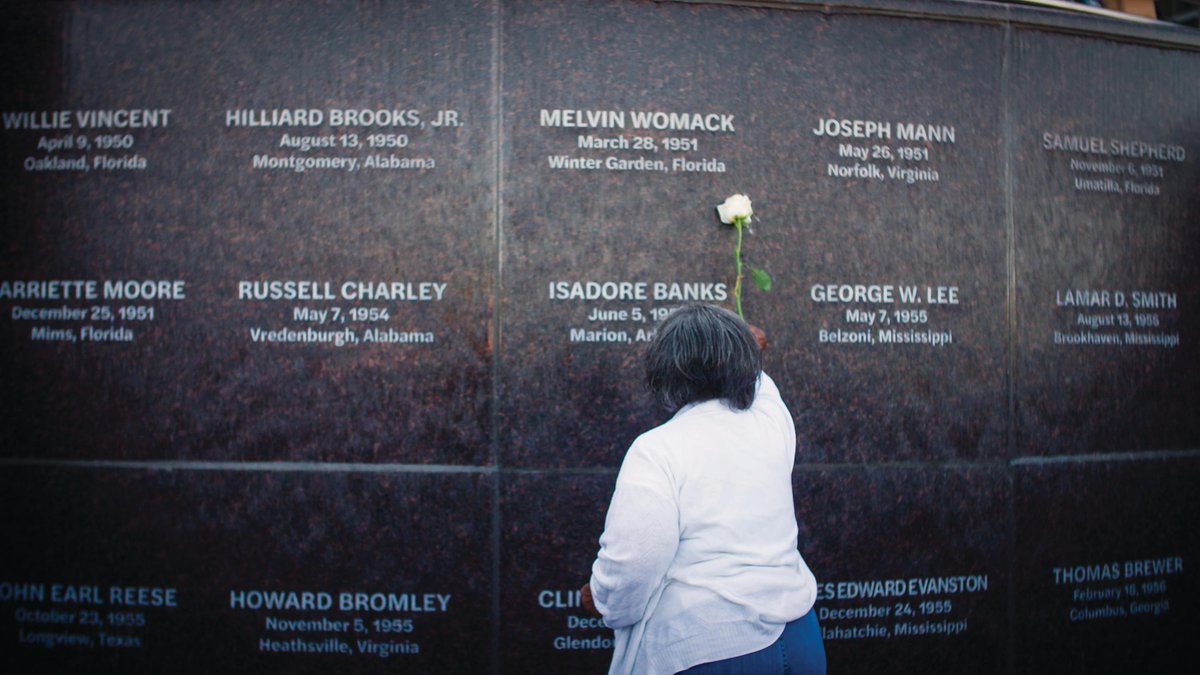
Hundreds of jars of soil memorializing people killed in racial terror lynchings across the U.S., on display at the Legacy Museum in Montgomery, Alabama.
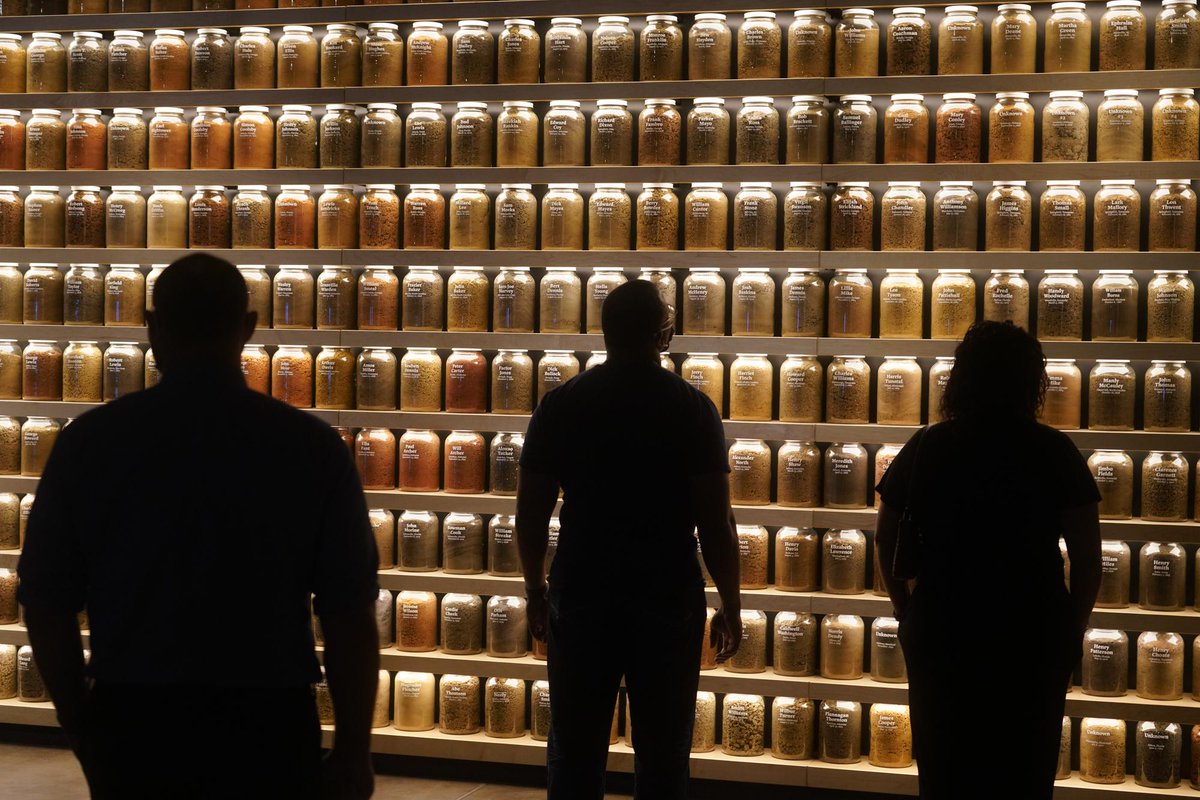
Increased demand for cotton led to the large-scale trafficking of enslaved people from the Upper South to the Lower South. By 1850, an estimated 1.8 million of the 3.2 million enslaved people in the U.S. were forced to produce Cotton.
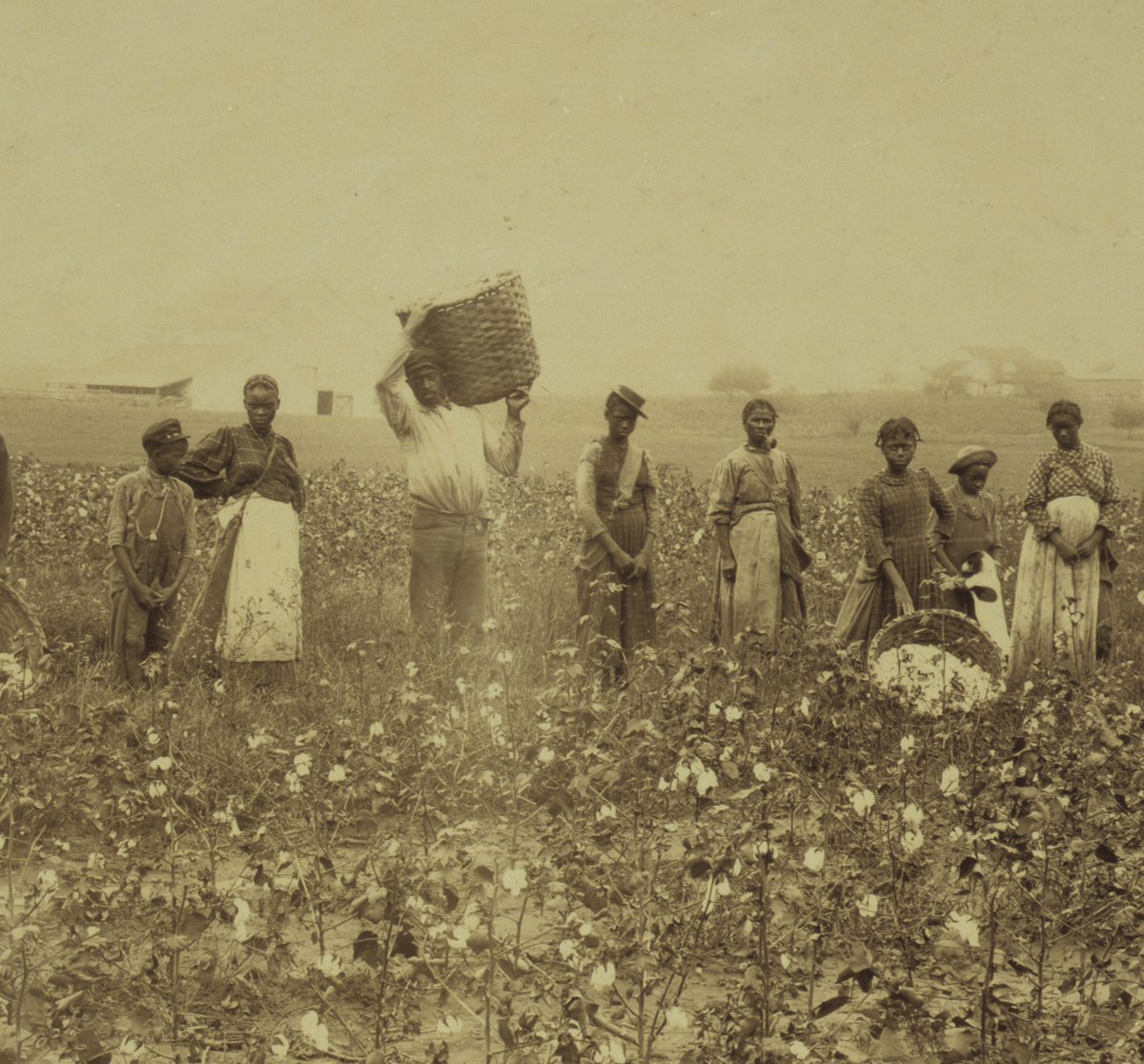
Tree Souls, by Alison Saar, at Freedom Monument Sculpture Park in Montgomery, Alabama.
